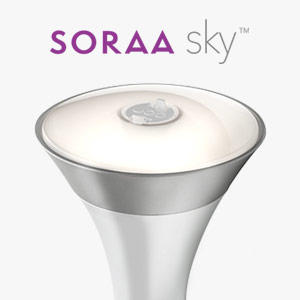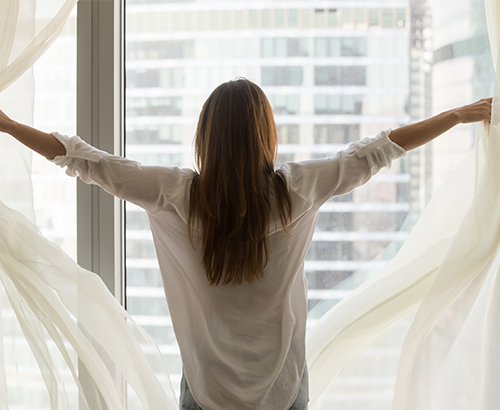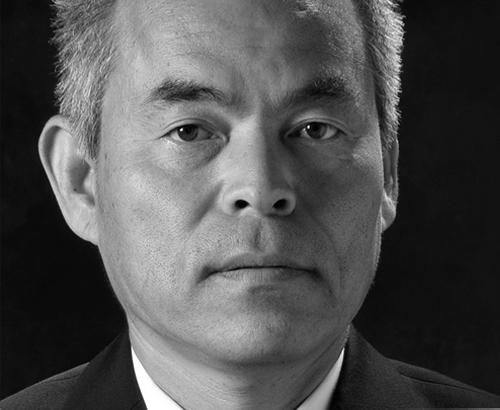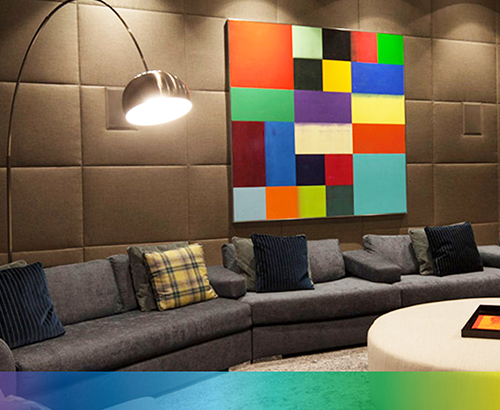I like this
The short answer is yes. According to an article from the American Institute of Architects, titled “Innovations in lighting technology impact more than efficiency,” some measured benefits of LED lights include not only healthier brains and access to a deeper sleep, but also improved concentration & energy, lower stress & anxiety and increased motivation.

Return-on-health: Physical utility
LED’s even distribution of colors results in more saturated, vivid, discriminable color rendering and effortless visual acuity. Fully directional down-lighting also provides more illumination on working surfaces, rather than the diffuse glow produced by gas-filled fluorescent tubes. The color temperature, color rendering, and efficiency of LED lights combine to improve visibility and create a better environment, as vision is a major contributing factor to the ability to receive and respond to treatments.
Return-on-knowledge: Cognitive utility
Not only does LED provide emotional benefits via higher quality lighting, studies have also shown LED lighting can enhance surgical, procedure, and diagnostic settings as well. Most healthcare providers encourage patients to get a full eight hours of sleep to help their recovery. A healthy sleep/wake cycle, especially in older adults, is crucial to mental cognition and physical health. Our bodies’ 24-hour cycle is governed by hormonal responses triggered by full-spectrum light, light that is provided by sunlight and LED but not by fluorescent lighting.
Return-on-positivity: Psychological utility
We have all experienced the relief of leaving a fluorescent-lit room and stepping outside back out into the natural sunlight. The spectral output of fluorescent lights is to blame for this drastic physiological response. In winter months, many people are known to be diagnosed with seasonal affective disorder (SAD), while many more self-diagnose their yearly “winter blues.” LED lighting is used in the treatment of SAD and has also been shown to improve mood, decrease stress, and create a generally healthier and happier environment—all because the lighting spectrum mimics that of natural sunlight.
Human-centric lighting
These studies and more are lending themselves to a new movement called human-centric lighting (HCL). It centers on the relationship between light and levels of well-being, where the effects on circadian rhythms—mental, physical, and biological changes—can be correlated to specific light conditions.
Don’t Stay In The Dark!
If you found this information valuable, follow SORAA Sky on Facebook to stay up-to-date on how light impacts your life.
Sources: Innovations in lighting technology impact more than efficiency | American Institute of Architects
Photo credit: Adobe Stock






